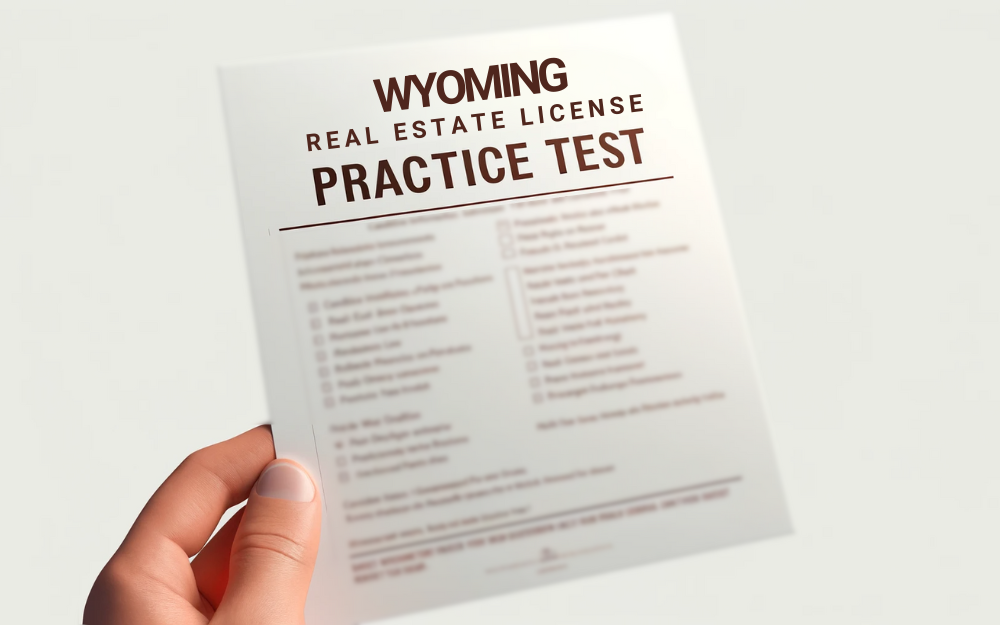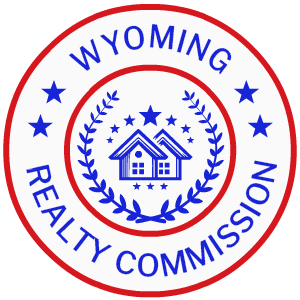
Determine your answer, then click the arrow to see the correct response.
What Is "Reversion" in Real Estate?
A) The right of a tenant to renew a lease
B) The return of property rights to the original owner or their heirs after a lease or life estate ends
C) The process of transferring property ownership
D) The sale of a property at auction
Correct Answer: B) The return of property rights to the original owner or their heirs after a lease or life estate ends
Explanation: Reversion occurs when property rights revert back to the original owner or their heirs after the expiration of a temporary estate, such as a lease or life estate.
What Is "Tenancy by the Entirety"?
A) A type of ownership where two or more parties own property together
B) A form of joint ownership available only to married couples, where both parties have an equal and undivided interest in the property
C) A rental agreement between a landlord and tenant
D) A type of lease that includes property maintenance
Correct Answer: B) A form of joint ownership available only to married couples, where both parties have an equal and undivided interest in the property
Explanation: Tenancy by the entirety is a form of ownership reserved for married couples, which provides that each spouse has an equal and undivided interest in the property, and includes rights of survivorship.
What Is "Abatement" in Real Estate Terms?
A) The increase in property taxes due to property improvements
B) A reduction or elimination of a property tax or rent
C) The process of evicting a tenant
D) The legal transfer of property ownership
Correct Answer: B) A reduction or elimination of a property tax or rent
Explanation: Abatement refers to a reduction or elimination of property taxes, rent, or other charges, often as an incentive to improve property or as a relief measure during difficult economic conditions.
What Is "Chain of Title"?
A) The list of previous owners of a property
B) The process of recording property transactions
C) A type of deed used in property transfer
D) The sequence of historical transfers of title to a property
Correct Answer: D) The sequence of historical transfers of title to a property
Explanation: Chain of title is the history of all documents that transfer ownership of a property, from the original owner to the current owner, providing a clear record of past ownership and any encumbrances.
What Is "Deed Restriction"?
A) A condition or limitation placed on the use of a property by a previous owner, written into the deed
B) A legal requirement to maintain a property in good condition
C) The process of transferring property ownership
D) A clause in a lease agreement
Correct Answer: A) A condition or limitation placed on the use of a property by a previous owner, written into the deed
Explanation: Deed restrictions are conditions or limitations placed on the use of a property by a previous owner, which are written into the deed and legally binding on future owners.
What Is a "Lis Pendens" in Real Estate?
A) A legal document recording the sale of a property
B) A notice indicating that a property is subject to a pending lawsuit
C) A type of mortgage used for commercial properties
D) A document that lists the repairs needed on the property
Correct Answer: B) A notice indicating that a property is subject to a pending lawsuit
Explanation: Lis pendens is a Latin term meaning “pending lawsuit.” It refers to a notice filed in the public record indicating that a property is subject to litigation, which can affect its transfer or sale until the lawsuit is resolved.
Cody, a Property Owner in Wyoming, Wants To Subdivide His Land and Sell Individual Parcels. What Legal Requirements Must Cody Meet Under Wyoming Law?
A) No legal requirements
B) He must file a subdivision plat and obtain approval from the county planning commission
C) He only needs to inform the buyers of the subdivision
D) He must obtain a permit from the state government
Correct Answer: B) He must file a subdivision plat and obtain approval from the county planning commission
Explanation: Wyoming law requires property owners who wish to subdivide their land to file a subdivision plat and obtain approval from the county planning commission. This ensures that the subdivision complies with local zoning and land use regulations (Wyoming Statutes § 18-5-301 to § 18-5-315).
A Landlord in Wyoming Plans To Keep a Portion of a Tenant's Security Deposit for Damages. What Must the Landlord Provide to the Tenant Under Wyoming Law?
A) An itemized list of damages and the remaining deposit within 30 days
B) A verbal explanation of the damages
C) A court order
D) No explanation is required
Correct Answer: A) An itemized list of damages and the remaining deposit within 30 days
Explanation: According to Wyoming law, landlords must provide an itemized list of damages and return the remaining portion of the security deposit to the tenant within 30 days of the tenant vacating the property (Wyoming Statutes § 1-21-1208).
What Must Be Included in a Wyoming Real Estate Transaction's Purchase and Sale Agreement To Ensure Compliance With State Laws?
A) The buyer’s employment history
B) The seller’s future plans
C) The legal description of the property and any known defects
D) The buyer’s credit score
Correct Answer: C) The legal description of the property and any known defects
Explanation: A Purchase and Sale Agreement in Wyoming must include the legal description of the property and disclose any known defects to comply with state laws and ensure that both parties are fully informed about the property’s condition (Wyoming Statutes § 33-28-303).
An Investor Buys a Rental Property in Wyoming for $800,000. The Property Generates a Monthly Rental Income of $7,000 and Has Annual Operating Expenses of $50,000. What Is the Property’s Annual Cash Flow?
A) $34,000
B) $40,000
C) $46,000
D) $48,000
Correct Answer: D) $48,000
Explanation: The annual rental income is $7,000 × 12 = $84,000. The annual cash flow is calculated by subtracting the annual operating expenses from the annual rental income. Cash flow = $84,000 – $50,000 = $34,000.
